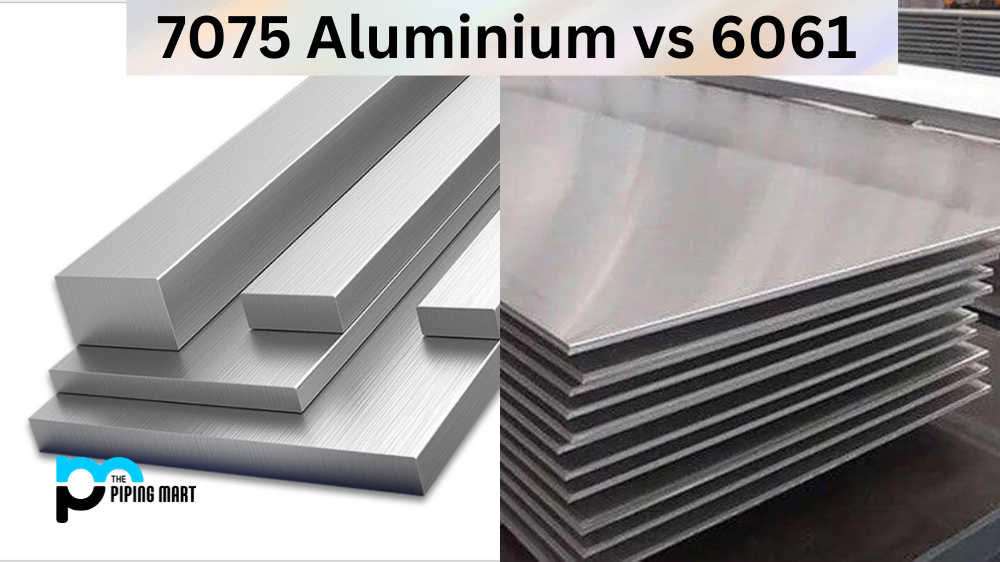Fire-starting is one of the essential skills in any outdoorsman’s arsenal. Whether camping, hiking, or even just out for a leisurely walk, having the ability to start a fire can be essential. Ferrocerium and Magnesium are two of the most popular fire methods. Let’s look at both fire starters and compare them side by side to see which is best suited for your needs.
Ferrocerium is an artificial alloy of several metals, including iron, Magnesium, lanthanum, and cerium. It was invented in the 1940s and has since become a popular choice for starting fires in outdoor settings. When scraped against any hard surface, ferrocerium produces sparks that reach temperatures as high as 3,000°C (5,400°F). The sparks created by this process will instantly light tinder, such as paper or wood shavings, with minimal effort. Furthermore, ferrocerium rods are tiny and lightweight, making them easy to carry around on hikes or camping trips.
On the other hand, Magnesium is an element found naturally in nature that has been used for centuries to start fires. Magnesium blocks can be scraped with either steel blades or flint stones to produce sparks that reach temperatures close to 3200°C (5760°F). Unlike ferrocerium rods, magnesium blocks require more effort when scraping them and finding enough tinder material, such as dry leaves or grasses, to light successfully. Magnesium blocks are much heavier than ferrocerium rods, making them much less ideal for carrying around during hikes or camping trips.
Difference Between Ferrocerium and Magnesium
Ferrocerium
Ferrocerium is an artificial material that is used in fire-starting. It comprises iron, cerium, and other rare earth metals. Ferrocerium produces a large number of sparks when it is struck, making it an ideal material for fire-starting. Additionally, ferrocerium is not affected by water, so that it can be used in any weather conditions.
Magnesium
Magnesium is a natural element that can also be used for fire-starting. When Magnesium is ignited, it burns at a very high temperature, making it ideal for starting fires. Magnesium also produces many sparks when struck, making it another good choice for fire-starting. However, Magnesium is affected by water and will not work if it is wet.
Cost
Ferrocerium is typically more expensive than Magnesium, as it is an artificial material. Magnesium can be found naturally and does not require as much processing as ferrocerium. As such, Magnesium is often the more affordable option.
Ease of Use
Both ferrocerium and Magnesium are easy to use for fire starting. However, some people find that ferrocerium produces more sparks than Magnesium, making it easier to start a fire. Additionally, ferrocerium can be used in weather conditions, while Magnesium will not work if wet.
Availability
Ferrocerium and Magnesium are both widely available materials that can be easily sourced from online retailers or outdoor stores.
Conclusion:
Ferrocerium and Magnesium are great tools for starting fires outdoors, but each has distinct advantages and disadvantages. Ferrocerium rods are lightweight and easy to use while producing extremely hot sparks that ignite tinder instantly. Still, they have limited fuel capacity compared to magnesium blocks which burn longer but require more effort when scraping them. Ultimately it will come down to personal preference when choosing between these two fire starters, but no matter what you choose, you’ll be sure to find yourself with a steady flame in no time!
Meet Heer, a dynamic and driven writer learning tricks of her trade in the metal industry. With a background in Digital Marketing, Heer brings a unique perspective to her writing, sharing valuable insights. Apart from blogging she like reading and hiking.




